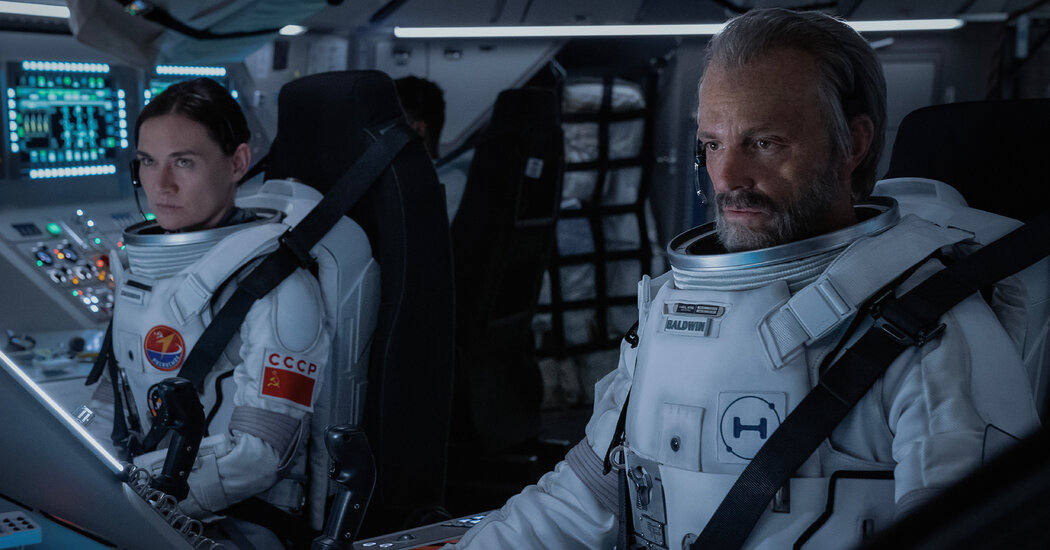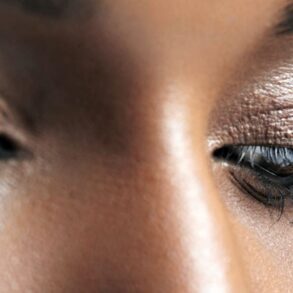
For a show that has aged its characters over many decades, the biggest challenge is not sending people to Mars but making them look believable once they arrive.
When Ed Baldwin lands on the moon in October 1971, he is in early middle age. His light brown hair swoops across his forehead. His clean-shaven face is ruddy and, excepting a divot between his eyebrows, unwrinkled. But space can really age a man. By 2003, on Mars, his hair has grayed and receded, and the wrinkles have multiplied and deepened. His skin is sallow, marked with age spots. His cheeks have sunk in.
Ed, a highly decorated astronaut, is a central character of the Apple TV+ series “For All Mankind.” He is played by the Swedish actor Joel Kinnaman, who was a few years younger than Ed during the first season, which debuted in 2019. Kinnaman is now 43, but in the fourth season, which premieres on Nov. 10, Ed is in his 70s. Which meant that Kinnaman’s shooting days typically began before dawn, with four hours in the hair and makeup chair.
This is one of the myriad hurdles and minor miracles of “For All Mankind,” a series that posits a world in which the space race never ended. From its painstaking aging process to its imagination of an alternative past and interplanetary future, “For All Mankind” is both quiet and wild in its ambitions, a work of science fiction that retains the texture of observable reality. And in this coming season, which shows characters first seen in their 20s now in their 60s and 70s, the crew has had to work harder than ever to achieve plausibility. Sure, you can send men and women to Mars. But can you make them look believable once they arrive?
This post was originally published on this site be sure to check out more of their content.








